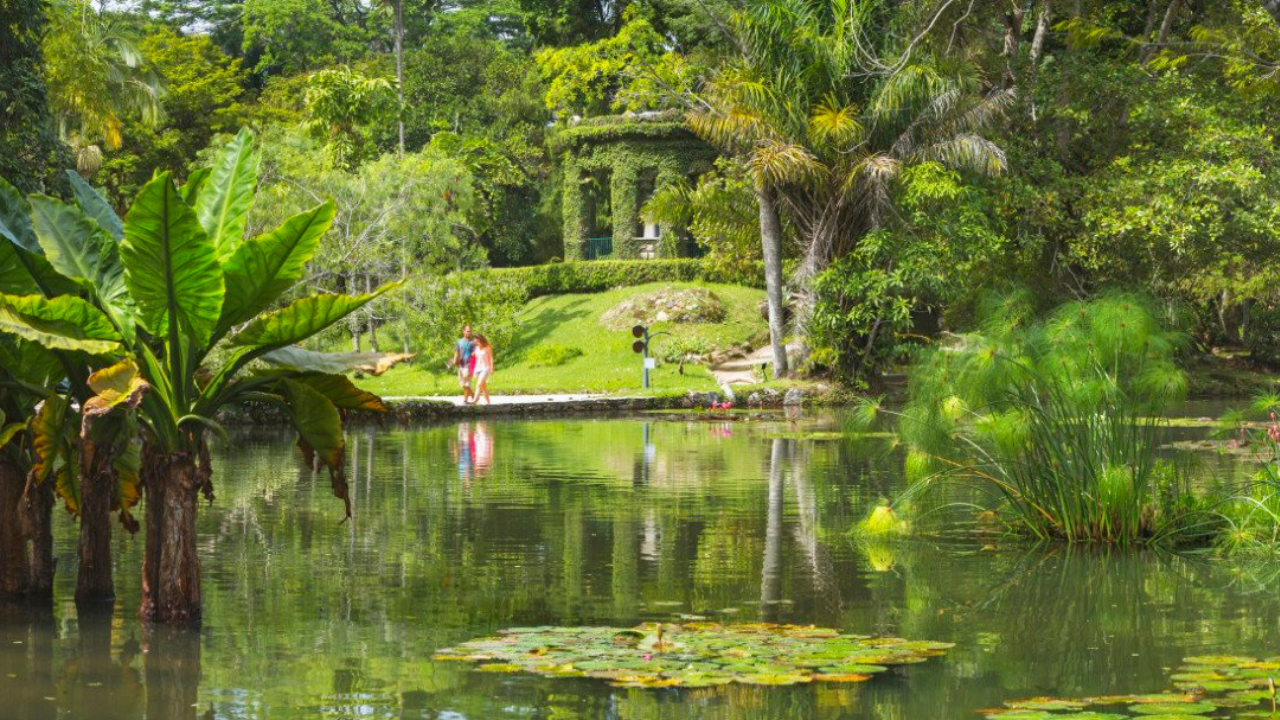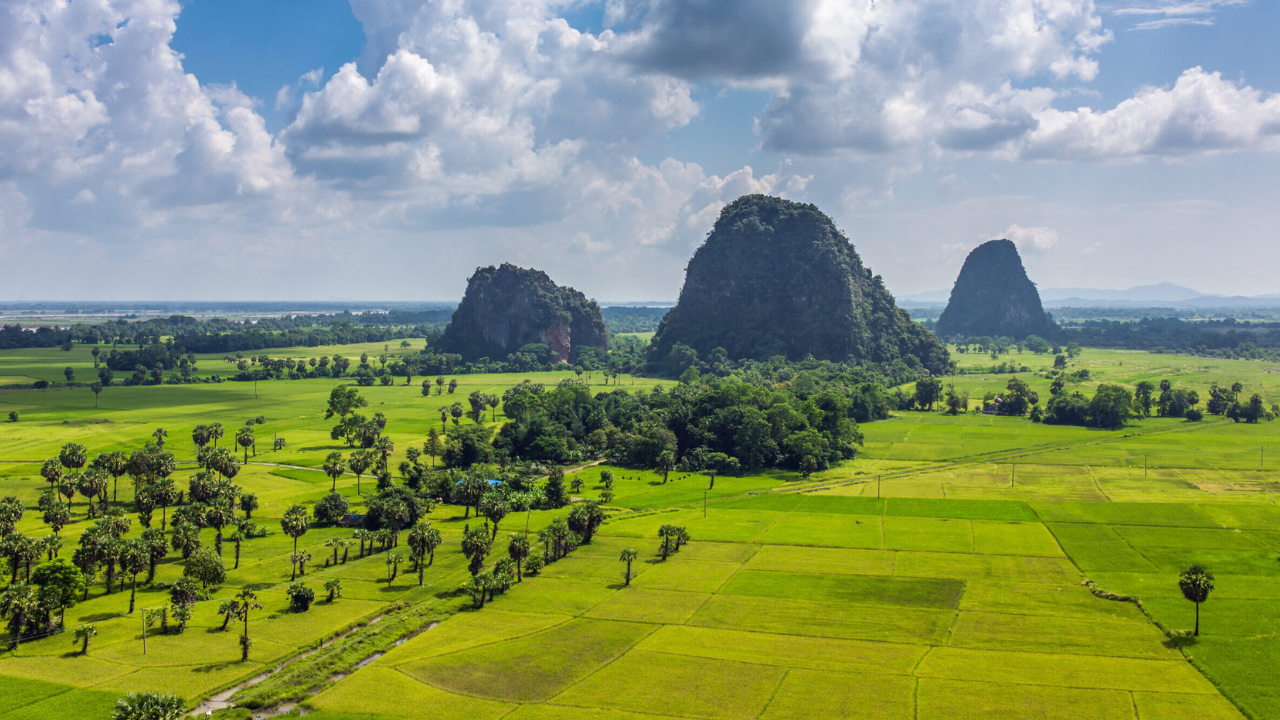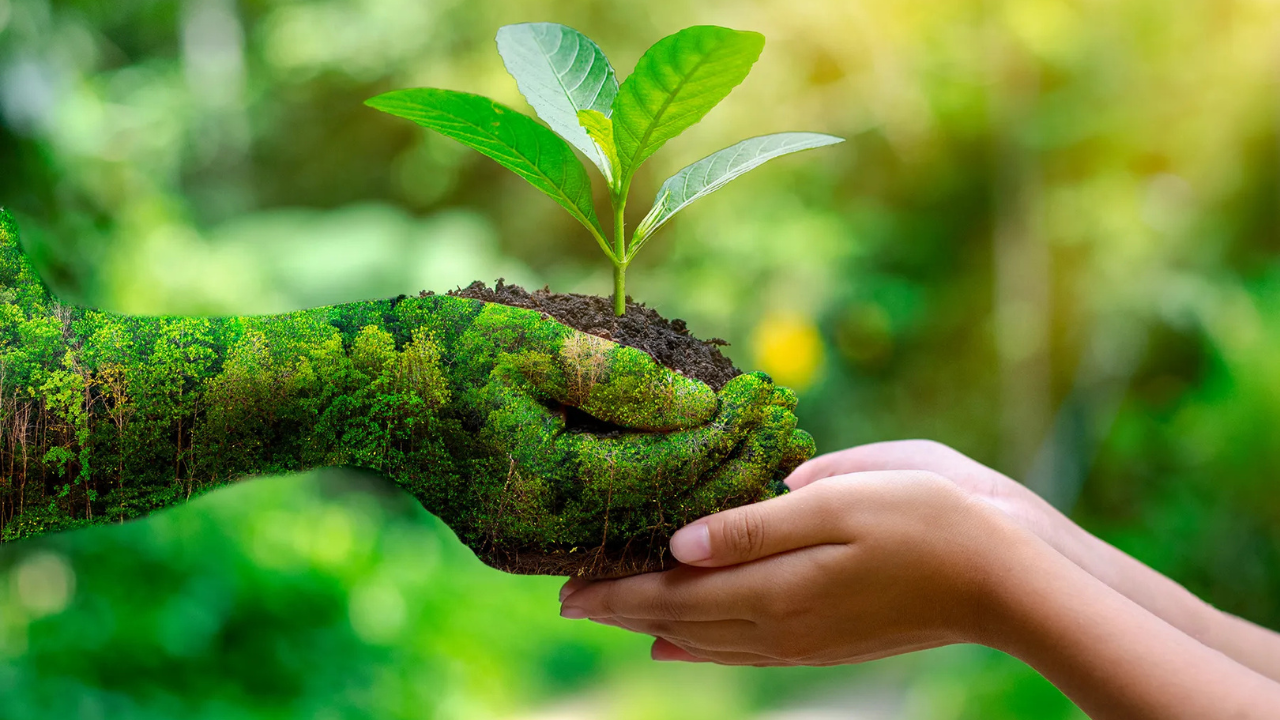
Forests Can Help Bridge Pre-2020 Climate Action Gap: A Call to Nature’s Power
When the Paris Agreement was signed in 2015, it set a bold vision: limit global warming to well below 2°C, ideally 1.5°C. Yet, the years leading up to 2020—known as the “pre-2020 period”—saw a glaring gap in climate action. Emissions rose, commitments faltered, and the world edged closer to a tipping point. Amid this shortfall, forests stood as unsung heroes, offering a natural solution that could have bridged the gap then and still holds promise today. As we reflect from March 27, 2025, this article dives into how forests—vital carbon sinks and biodiversity hubs—could have accelerated pre-2020 progress while enriching our lives through camping, fitness, photography, and exploration. Join us on this woodland journey where climate science meets human experience.
A Blog-Style Introduction: The Forest Missed Opportunity
Imagine a forest trail at dawn—mist curling around ancient trees, birdsong piercing the silence. Forests have whispered solutions to humanity for millennia, yet before 2020, their full potential in climate action remained underutilized. The pre-2020 gap refers to the shortfall between pledged emission reductions under agreements like the Kyoto Protocol and the actual cuts needed to stay on a 2°C path. Global emissions climbed 1.5% annually from 2010 to 2019, reaching 52 gigatons of CO2-equivalent by decade’s end. Forests, capable of absorbing billions of tons of CO2 yearly, could have narrowed that gap if prioritized sooner. This isn’t just a policy tale—it’s a story of woodlands we love to explore, camp in, and photograph, revealing how nature’s giants could’ve turned the tide.
Forest Conservation: A Pre-2020 Lifeline Left Untapped
Forests are climate superheroes, locking away carbon and stabilizing ecosystems. Pre-2020, deforestation—especially in tropical regions like the Amazon and Indonesia—released 4–6 gigatons of CO2 annually, nearly 10% of global emissions. The Paris Agreement’s precursor mechanisms, like REDD+ (Reducing Emissions from Deforestation and Forest Degradation), existed since 2008, yet funding and implementation lagged. By 2019, only $2.5 billion had flowed to REDD+ projects globally—peanuts compared to the $100 billion annual climate finance goal set for 2020.
Had nations doubled down on forest conservation pre-2020, the impact could’ve been seismic. A 2017 study in Nature Communications estimated that halting deforestation and restoring 500 million hectares of degraded land could’ve cut 5–10 gigatons of CO2-equivalent yearly—enough to buy time for renewable energy transitions. Countries like Brazil, which lost 11,088 km² of Amazon forest in 2019 alone, could’ve reversed trends with stronger REDD+ support. Today, in 2025, we see belated success—Brazil’s deforestation dropped 22% in 2024 thanks to post-2020 Paris momentum—but pre-2020 action could’ve shaved years off our climate debt, preserving woodlands for future campers and explorers.
Camping in Woodlands: Forests as Climate-Saving Retreats
Camping in woodlands ties us to nature’s pulse, and pre-2020 forest protection could’ve expanded these havens. Imagine more pristine sites—say, in Canada’s boreal forest, which stores 208 billion tons of carbon. Pre-2020, logging and fires chipped away at this expanse, yet aggressive afforestation could’ve added 1 million hectares by 2020, per a 2019 WWF report. That’s countless new campsites—think pitching a tent under towering spruces, saved by climate foresight.
In 2025, we reap partial rewards. The U.S. National Forest Service, spurred by post-2020 Paris goals, has restored 2 million acres since 2021, opening spots like Oregon’s Deschutes National Forest to campers. Pre-2020 action could’ve doubled that, offering more firebreaks and healthier ecosystems. Campers today enjoy these gains—roasting marshmallows in woods that might’ve vanished—proving forests’ dual role as climate buffers and recreational escapes.
Fitness & Wellness: Healing in Climate-Smart Forests
Forests boost fitness and wellness, a benefit pre-2020 conservation could’ve amplified. Walking a woodland trail cuts stress by 16%, per a 2023 Journal of Environmental Psychology study, while tree-rich air—packed with phytoncides—bolsters immunity. Pre-2020, urban sprawl and deforestation shrank these sanctuaries. The UN estimated that restoring 350 million hectares globally by 2020—a feasible target with political will—could’ve sequestered 1.7 gigatons of CO2 yearly while expanding green spaces.
Picture more forest fitness trails in 2019—Sweden’s pine woods or California’s redwoods, preserved by early REDD+ wins. By 2025, we see belated progress: Germany’s Black Forest, regrown by 10% since 2020, hosts wellness retreats blending yoga and hiking. Pre-2020 urgency could’ve scaled this sooner, offering millions more chances to jog through woods that double as climate shields—nature’s gym, open for all.
Nature Photography: Capturing Forests’ Climate Comeback
Nature photographers thrive in lush forests, and pre-2020 action could’ve framed more stunning shots. Tropical deforestation alone razed 11.9 million hectares in 2019—landscapes lost to the lens. Had REDD+ been fully funded pre-2020, up to 50% of that loss might’ve been averted, per a 2020 Global Environmental Change analysis. Think of the possibilities: misty Congolese jungles or vibrant Sumatran canopies, preserved for posterity.
Today, in 2025, photographers capture post-2020 gains—Costa Rica’s cloud forests, expanded by Paris-driven reforestation, teem with orchids and quetzals. Pre-2020 efforts could’ve saved more, offering endless vistas—golden autumn oaks or springtime ferns—while locking away carbon. Each click of the shutter now echoes a lesson: forests we photograph are forests we fight for.
Seasonal Woodland Activities: Year-Round Climate Wins
Seasonal woodland activities shine brighter with healthy forests, a potential pre-2020 boost. Spring wildflower hikes, summer foraging, fall leaf-peeping, and winter snowshoeing all hinge on thriving ecosystems. Pre-2020, forest loss dulled these joys—Europe lost 1.4 million hectares of tree cover from 2015–2019. A ramped-up Bonn Challenge, launched in 2011 to restore 150 million hectares by 2020, met only 40% of its goal due to funding gaps.
Had it succeeded, imagine 2020’s bounty: more UK bluebell walks or New England maple festivals, fueled by carbon-storing woods. In 2025, we see progress—Scotland’s Caledonian Forest, regrown by 15% since 2020, hosts seasonal events aplenty. Pre-2020 action could’ve jumpstarted this, blending climate mitigation with traditions that draw us into nature’s rhythm.
Tree & Plant Identification: Knowing Our Carbon Champions
Tree and plant identification connects us to forests’ climate role, a link pre-2020 efforts could’ve deepened. Knowing an oak (Quercus robur) from a birch (Betula pendula) isn’t just trivia—oaks store 75 tons of carbon per hectare over decades. Pre-2020 education campaigns, tied to REDD+ or the UN’s Decade on Ecosystem Restoration (planned for 2021–2030), could’ve scaled citizen science, tracking species like the carbon-rich Douglas fir (Pseudotsuga menziesii).
By 2025, apps like PlantNet, boosted by post-2020 forest data, help users ID plants in restored woodlands—say, Michigan’s jack pines, replanted since 2021. Pre-2020 investment might’ve spread this knowledge earlier, turning tree-spotters into climate advocates. Each identified species—be it a medicinal elder (Sambucus nigra) or a towering spruce—ties us to forests’ pre-2020 potential.
Wildlife Spotting: Biodiversity’s Climate Boost
Forests teeming with wildlife could’ve thrived pre-2020, narrowing the climate gap. Deforestation displaced species like Brazil’s jaguars and Indonesia’s orangutans, with habitat loss peaking at 11% of global emissions in 2019. Stronger pre-2020 REDD+ enforcement might’ve saved 30 million hectares, per a 2018 Science study, bolstering biodiversity and carbon storage.
In 2025, we spot the dividends: India’s Western Ghats, aided by post-2020 Paris funds, report tiger sightings up 25%. Pre-2020 action could’ve accelerated this—more owls in Oregon, deer in Bavaria—linking wildlife resurgence to climate wins. Spotting a fox or hawk today reminds us: forests we protect are homes we preserve.
Woodland Exploration: Trails Through a Saved World
Woodland exploration thrives when forests endure, a pre-2020 missed chance now blooming. Had nations met early restoration targets—like the 20×20 Initiative in Latin America, aiming for 20 million hectares by 2020—explorers might’ve roamed denser jungles sooner. Peru’s degraded lands, only 10% restored by 2020, could’ve been 50% with bolder action, per a 2021 World Resources Institute report.
By 2025, post-2020 efforts shine: Australia’s Gondwana Rainforests, expanded by 5,000 hectares, invite trekkers to ancient paths. Pre-2020 focus could’ve opened more—think denser Appalachian trails or wilder Siberian taiga—tying exploration to carbon cuts. Every step in today’s woods echoes what might’ve been: a climate gap bridged by nature’s vastness.
Conclusion: Forests as Our Bridge and Legacy
The pre-2020 climate action gap was a stumble, but forests offered—and still offer—a bridge. Their carbon-absorbing might, underestimated before 2020, could’ve shaved gigatons off our emissions ledger, buying time for renewables and policy shifts. Today, in 2025, we camp, hike, and photograph in woodlands rebounding from belated Paris momentum, yet the “what if” lingers: earlier action might’ve multiplied these joys.
Forests remain our allies—carbon sinks, wellness hubs, wildlife homes. Whether spotting a rare plant or pitching a tent, we’re part of their story. The pre-2020 gap taught us urgency; now, it’s on us to explore, conserve, and celebrate these green giants, ensuring they bridge not just past gaps but future hopes.










Leave a Reply